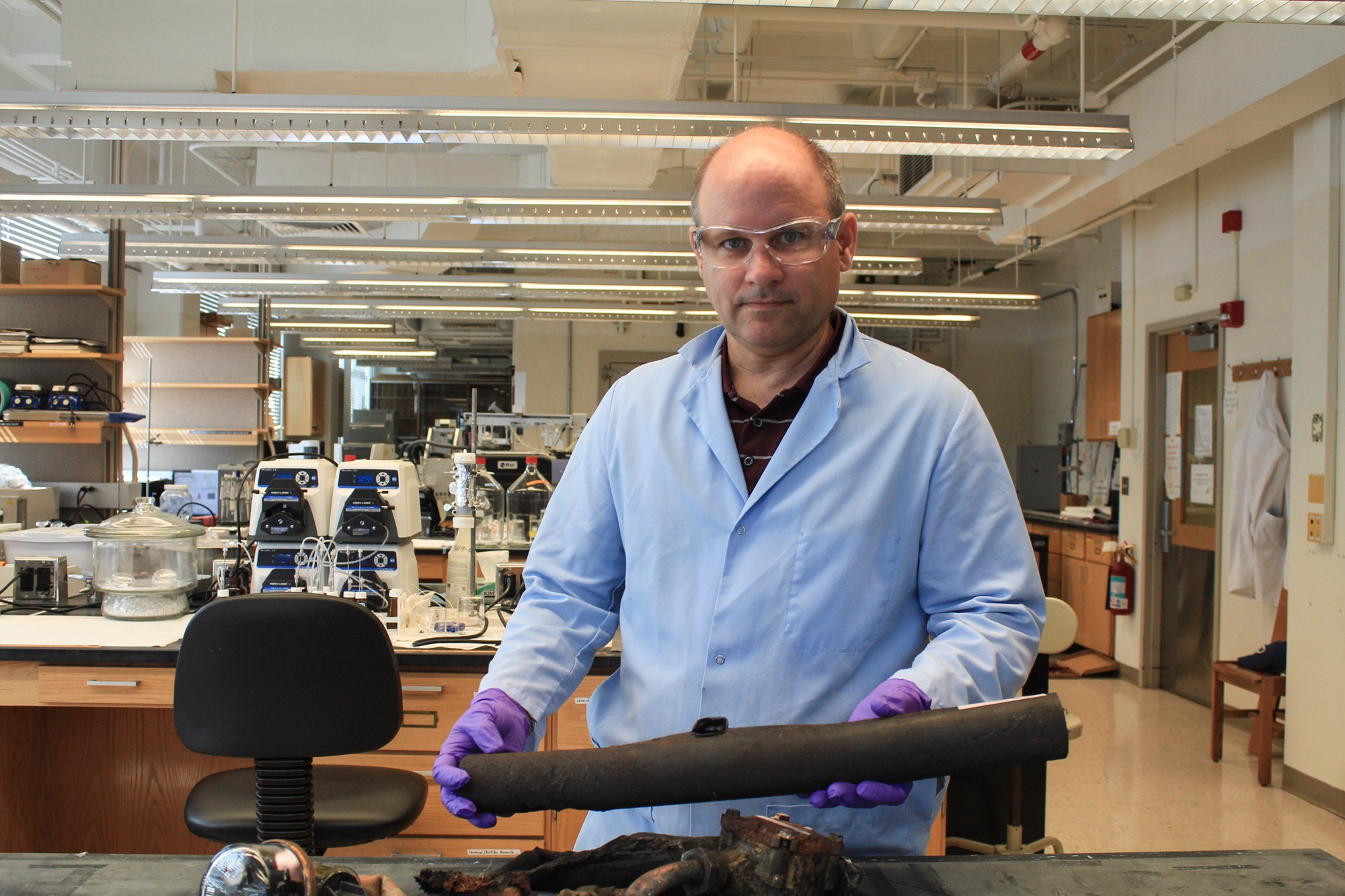
"In 2017, after the Tubbs Fire blazed through parts of California's wine country, a Santa Rosa resident returned home to one of the few structures left standing in his fire-scarred neighborhood. He turned on the tap and reported that the water smelled like gasoline. Typically, state regulators support and guide how public water systems address contamination. But this threat from wildfire was new."
"No guidance or protocol existed for Santa Rosa's water system to follow. Staff at Santa Rosa Water started reaching out to experts with experience responding to chemical spills, including a Purdue University engineering professor named Andrew Whelton. Whelton replied with exceptional interest, said Emma Walton, then a deputy director at the utility. California has a lower allowable maximum at 1 microgram per liter."
"If a million people consumed contaminated drinking water at this concentration over a 70-year period, the chemical would cause between six and seven cases of cancer, according to California regulators. But national drinking water standards set by the EPA do not account for this newly understood mode of contamination from wildfires. Water utilities routinely monitor for VOCs as the water leaves the treatment plant, upstream of where wildfire contamination is likely to occur."
In 2017 the Tubbs Fire burned parts of California's wine country and left many neighborhoods damaged while some structures remained standing. A Santa Rosa resident returning home reported tap water that smelled like gasoline. State regulators normally guide public water systems, but wildfire-driven chemical contamination was a newly encountered threat and no guidance or protocol existed for Santa Rosa's water system. Santa Rosa Water contacted experts including Purdue professor Andrew Whelton. California sets an allowable maximum at 1 microgram per liter; lifetime exposure at that level could cause an estimated six to seven cancers per million people. EPA standards do not account for wildfire contamination and utilities often monitor VOCs upstream of likely contamination points. Whelton later assisted utilities after the Marshall Fire in Louisville, Colorado.
Read at Kqed
Unable to calculate read time
Collection
[
|
...
]